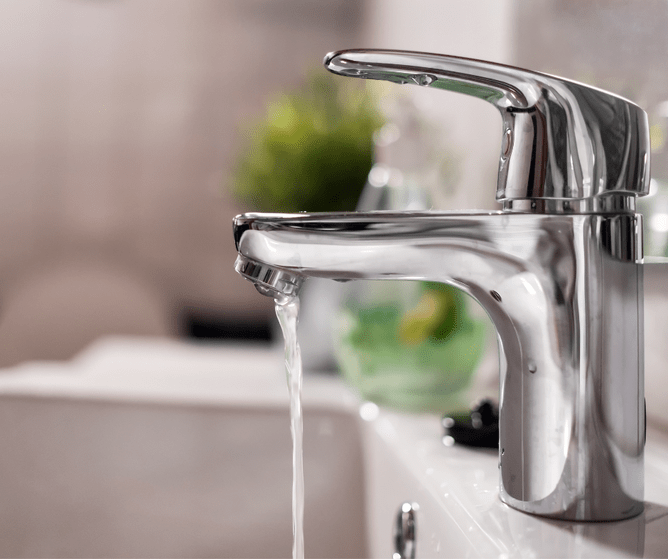So you have your skincare routine sorted; you regularly use Epiology’s 3 step system (we hope!), cleansing and moisturising two to three times daily depending on what your skin prefers.
But if we look deeper at the first step, cleansing, there are plenty of variables to consider that are unrelated to your choice of skincare. In a previous blog, we talked through the seven steps to wash your face:
- Clean your hands
- Remove any make-up
- Wet your face with water
- Apply your Anti-Acne Foaming Cleanser
- Rinse
- Pat dry
- Moisturise!
And in our maskne blog, we discuss how crucial using a mild cleanser regularly is to preventing any outbreaks along your jawline due to mask-wearing.
While we are all pros when it comes to hand-washing (thanks Covid-19!), there’s more to consider with those pesky steps three and five that involve water. What temperature water should you be using, and how does hot, cold or lukewarm water affect your skin?
The nitty-gritty of water temperature
Water temperature is definitely a personal preference. One person’s steaming hot is another person’s ‘warm.’ But these different temperatures can affect your skin, and could be contributing to any skin irritation and redness.
Hot water
Let’s face it, most of us love a hot, relaxing bath or shower, particularly when it’s cold outside. But while it may feel great and warm you up inside, hot water is not ideal for sensitive skin and can result in irritation when you go to cleanse.
Hot water is also bad news for your skin’s barrier and natural oils, which protect it from the environmental irritants that can cause acne breakouts. By using hot water to strip the natural oils, your skin actually does the opposite and produces more oil.
When we’re all wearing masks on a daily basis, you don’t want to be producing any extra oil that can get trapped behind your mask.
Cold water
So hot water is out – what about turning the temperature dial the other way? Cold water (under 21°C) is better for your skin, as its bracing nature can tone your skin and make it look refreshed and younger. It can also help with regulating oil levels, and reduce the appearance of pores.
However, it is possible to have too much of a good thing and consistent over-washing with more extreme temperatures can result in upset skin.
So the answer is?...
We’re not going to prescribe a particular temperature down to the degree, so put those thermometers away. You may have realised that if the answer isn’t hot or cold, it must be lukewarm water.
Lukewarm water protects your skin’s barrier and natural oils, makes sure your cleanser works as it should, and removes the dirt and impurities from the skin surface. It also helps your moisturiser effectively absorb into your skin.
However, if you’ve tried the cold water and enjoy its bracing nature, just remember to remove dirt and make-up using warm water first, then follow up with your cleanser and cold water.


